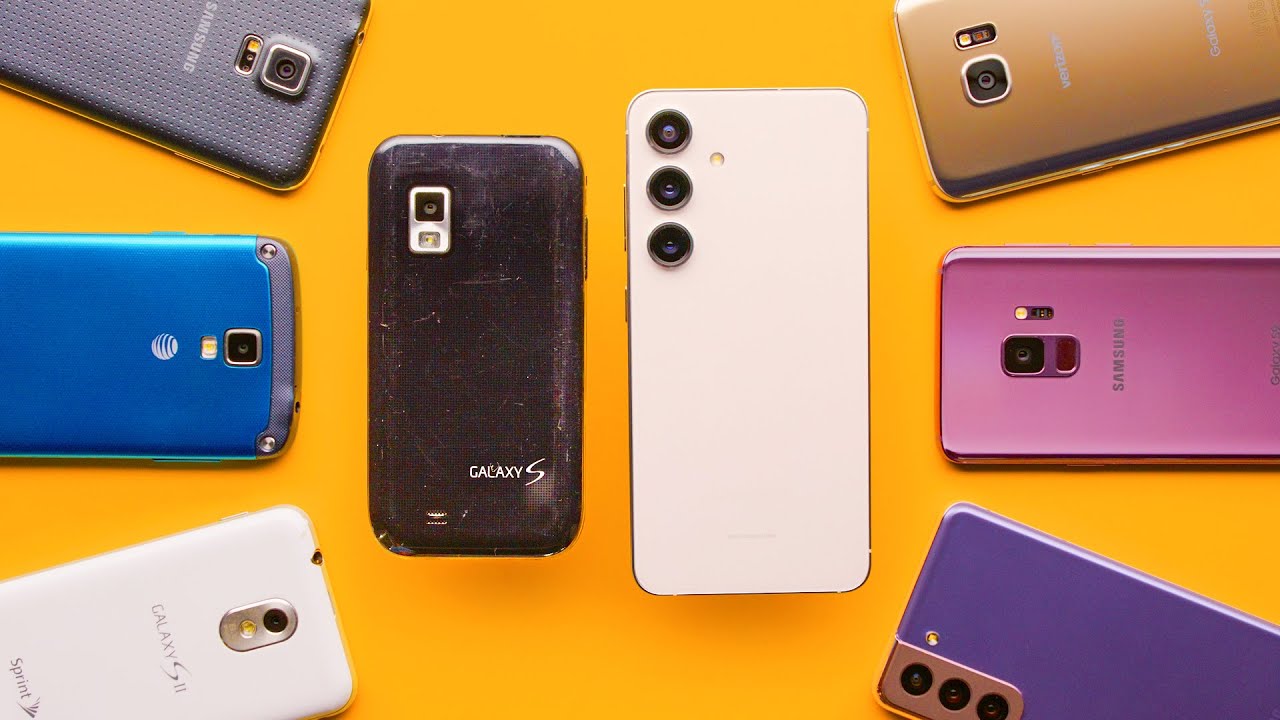Exploring the technological advancements in Samsung’s Galaxy S series and the innovative features of the OnePlus Watch 2, highlighting their impact on the industry.

Samsung Galaxy S Series Evolution
The Samsung Galaxy S series has been a key player in the smartphone market since its launch in 2010. Starting with the Galaxy S, which featured a pioneering 4-inch AMOLED display, this series set out to compete directly with Apple’s iPhone. The use of AMOLED technology was particularly notable for its energy efficiency, displaying true blacks by turning off pixels, thereby enhancing battery life.
Samsung has developed a unique naming strategy for its various models over the years. Each series is designed with a specific target audience in mind – for example, the Galaxy F series targets those looking for fun features, while the Galaxy Z represents cutting-edge technology with ‘Zero’ limits.
The evolution continued with each model bringing substantial upgrades. The Galaxy S2, introduced improvements like a larger 4.3-inch display and a dual-core processor. The innovation streak extended to the Galaxy S3 and S4, introducing features such as smart scrolling and air gestures.
However, not all innovations were successful initially; for instance, the Galaxy S5 faced mixed reviews due to its swiping fingerprint reader. But redemption came with the Galaxy S6, which embraced premium materials like glass backs and metal sides, influencing future designs significantly.
The introduction of the Infinity Display with the Galaxy S8 marked another milestone by drastically reducing bezels and improving screen-to-body ratios. This trend continued with subsequent models like the Galaxy S9, which featured a dual aperture camera system enhancing low-light photography capabilities.
Recent models like the Galaxy S10 and S20 have further pushed boundaries by including multiple cameras and introducing 5G capabilities respectively. The latest model, Galaxy S24, continues this legacy with advanced AI features enabled by cutting-edge Snapdragon processors.
OnePlus Watch 2 Review
Three years after its predecessor, OnePlus introduced their latest smartwatch – the OnePlus Watch 2. Priced at $300, it offers an appealing blend of traditional smartwatch functionalities coupled with unique innovations such as a dual-chip system that extends battery life significantly.
The design of OnePlus Watch 2 is both sleek and durable featuring sapphire cover glass over a 1.4-inch AMOLED screen. It echoes design elements from OnePlus smartphones incorporating robust features like IP68 dust and water resistance standards along with military-grade durability.
A standout feature of this watch is its exceptional battery life; it boasts up to 100 hours in Smart Mode thanks to an innovative dual-chip system comprising a high-powered Snapdragon W5 chip alongside a BES 2,700 chip for low-power tasks.
Despite these impressive specs, there are areas where OnePlus Watch 2 could improve such as notification latency and haptic feedback quality. Also noteworthy is its lack of compatibility with iPhones which might limit its appeal to Android users only.
In conclusion, both Samsung’s Galaxy series smartphones and OnePlus’s smartwatches exemplify how continuous innovation can redefine user expectations in tech products. While they cater to different aspects of our digital lives – communication through smartphones versus personal health tracking via wearables – both show how dedicated technological advancement can lead to significant industry impacts.